A bike’s a bike, right? Not quite. There are many differences between a triathlon bike and a road bicycle; some obvious, some not so obvious. This article will provide a brief overview of the major differences and how this affects triathlon performance.
We all know the obvious one: tri bikes have bull horns and road bikes do not. Riding on the bullhorns reduces our frontal surface area and allows air to glide around us, rather than straight into us as is the case with a road bike. This aerodynamic advantage allows is to travel quicker on a tri bike while producing the same wattage than on a road bike. Obvious.
But clip-on aero bars can be added to road bikes, so isn’t it basically the same thing? It is not. The seat tube angle of a typical road bike is approximately 73°, whereas the seat tube angle of a typical tri bike is 78°. The top tube of a tri bike is also shorter than a road bike, which contributes to body position.
Having a 78° seat tube angle with a shorter top tube does two advantageous things for a triathlete:
Allows that ‘flat-back’ look where the elbows are comfortably rested on the pads of the bullhorns and air flows effortlessly over our helmet and back. Having the seat further back (as is the case with road bikes), accompanied with a longer top tube, forces us to overreach for the clip-on bars, rarely results in our elbows sitting at 90°, and causes us to engage our core muscles to balance, resulting in energy wastage.
Tri bike: elbows at 90 degrees, moving further into hip extension, flat back.
Road bike: elbows not at 90 degrees, significant hip flexion, back fairly upright.
2. A 78° tube angle puts us further into hip extension than a typical 73° road bike position. The further we move into hip extension, the more we activate our gluteals (butt muscles). See for yourself… Sit down in a chair with a straight posture (90° bend at the hips) and try to tense your glutes. You can’t. Why? The principle of reciprocity. Your hip flexors are contracted (hip flexion), so your glutes (the opposite muscle group) have to relax in order to allow the hip flexors to shorten. Now stand up straight out of your chair (hip extension) and try to tense your glutes. Voila! Your glutes are now contracted, and hip flexors are relaxed. What does this mean for triathlon performance? You are in greater hip extension on a tri bike, and therefore activate your glutes more than you do on a road bike. Why is this important? Because the primary muscle group used for running is the gluteals. Studies have proven that the neuromuscular transition from cycling to running is significantly reduced in the first 5kms running off the bike for athletes who complete the cycle leg on a tri bike as opposed to a road bike. The primary mover, the gluteals, are being fired up during the ride, so when we hit the pavement running, it is easier for our muscles to adapt and perform at a high level. Try if for yourself. Complete a run off the bike on a road bike and compare it to a tri bike.
In summary, tri bikes not only provide a greater aerodynamic advantage over traditional road bikes, but they also reduce the neuromuscular transition from bike to run for triathletes, ultimately resulting in a quicker run split for the first 5kms of the run off the bike.
Which type of bike do you use? Do you notice a difference when running off the bike? Leave your comments below.
Feel free to follow us on our socials:
Facebook: METS Performance Consulting
Instagram: @metsperformance
Twitter: @METSperfconsult
Written by Luke McIlroy – Director of Sport Science at METS Performance Consulting
BEx&SpSci, ESSAM, AES




